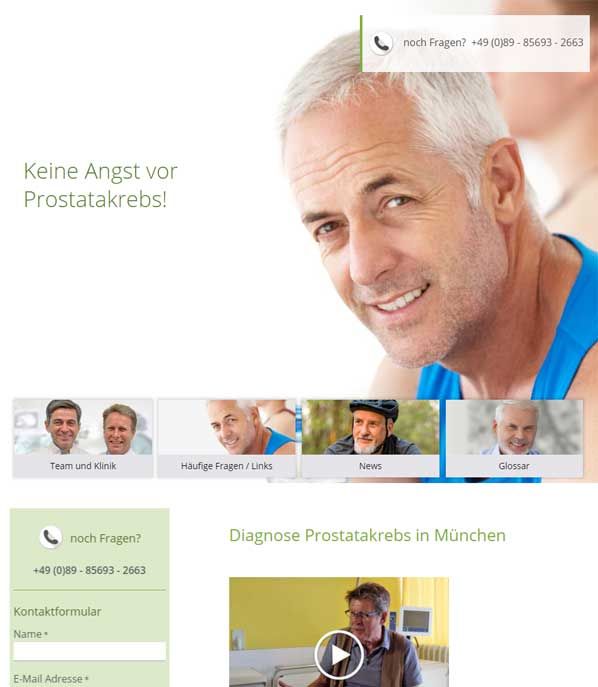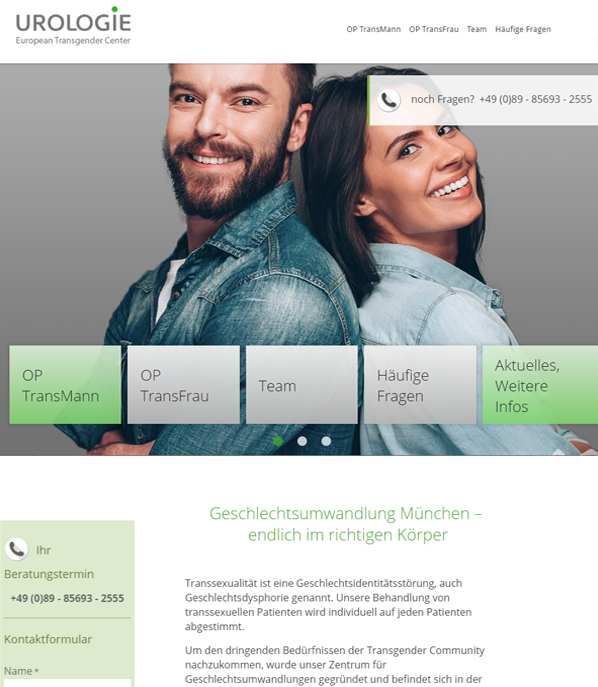Varicocele
What is it?
The testicles and spermatic cord are surrounded by a network of veins known as the pampiniform plexus. If the veins in the pampiniform plexus become enlarged, this is known as a varicocele.
Frequency and causes
Around 5–10% of men have a varicocele. For anatomical reasons (see below), around 90% of varicoceles are on the left.
Primary varicoceles – varicoceles not caused by another condition – arise as a result of particular features of the anatomy of the blood vessels supplying the testicles.
Venous blood leaves the testicles primarily via the testicular veins, which continue through the rear of the abdomen. The right testicular vein meets the inferior vena cava – the main vein taking blood back to the heart – at an acute angle. The left testicular vein leads into the renal vein which in turn transports blood to the inferior vena cava.
The testicular vein meets the left renal vein at quite a steep angle (almost 90°), which results in frequent problems with the valves in the vein.
Valves are found throughout the venous circulation. They ensure that venous blood continues to flow towards the heart despite the low pressure in the venous circulation. If these valves no longer work properly, venous blood is able to flow backwards, causing congestion. If this happens in the left testicular vein, this congestion affects the pampiniform plexus surrounding the spermatic cord.
If venous congestion is caused by an obstruction, such as a tumour, this is known as a secondary varicocele. This is much rarer than a primary varicocele and can also occur on the right.
Symptoms and consequences
Varicoceles are classified by severity:
- Grade I: only palpable when pressure is applied (e.g. by pressing on the vein), not visible when standing
- Grade II: palpable when standing (without pressing), but not visible
- Grade III: palpable and visible at rest when standing
Low-grade varicoceles do not usually cause any symptoms. Where the varicocele is more pronounced, this can cause diffuse pain and swelling around the testicle.
In this case, poor venous blood flow can lead to an increase in the temperature of the testicles, which can cause fertility problems and damage the testicle.
Treatment
Varicoceles which are not causing any symptoms and where the results of semen analysis are normal are not treated. Very large varicoceles which are causing symptoms are, however, a clear case for treatment.
Where a man is having trouble starting a family, however, there is no consensus on the appropriate treatment. Treatment may help improve semen analysis results, but it is not clear if this increases the chances of conceiving.
Treatment involves open surgical procedures such as the Bernardi and Ivanissevich techniques. This involves tying off the testicular vein so that venous blood flows back to the pelvic veins via an alternative route. This procedure can also be performed using keyhole surgery. It is also possible to treat the testicular vein by injecting a special adhesive into the vein via the scrotum (varicocele embolisation).







